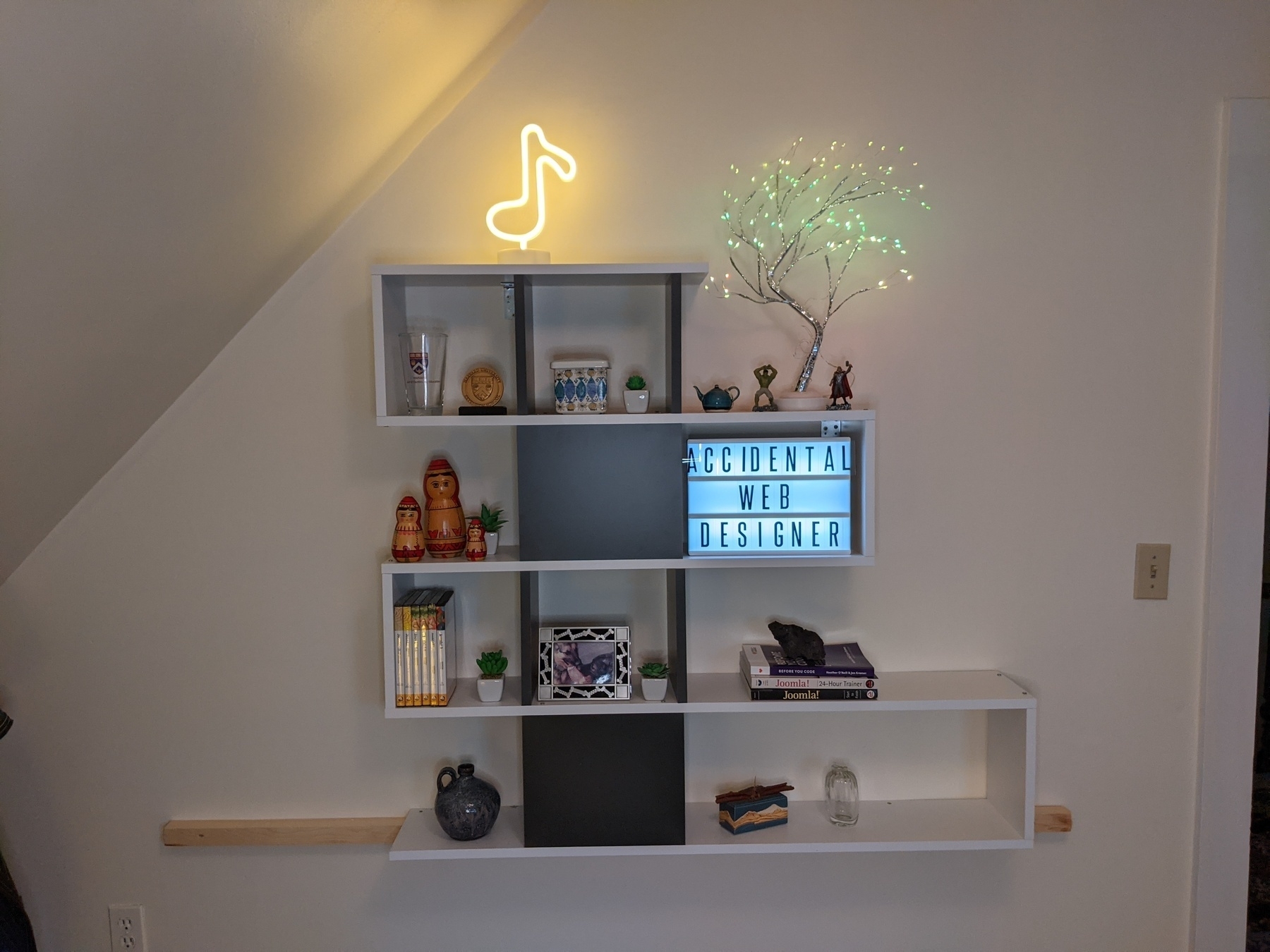JenKramer.org site redesign in progress
My [JenKramer.org] (https://www.jenkramer.org) website has been embarrassing for years now.
I have finally redesigned it in [Softr] (https://www.softr.io).
Why Softr? I don’t need a site builder for my own websites.
Even though my previous site was built with just HTML, CSS, and PHP includes, it was still annoying to update. Weeding through the code just to find the text I wanted was an extra level of thought that, honestly, wasn’t required.
A redesign was overwhelming to think about. Beyond color schemes, fonts, photos, and content, there are infinite ways to manage the layout.
Softr removes all of those variables so I can focus on exactly what I want to say and how I want to say it.
It’s a dynamic wireframe in real time. I can run this site without worrying about all of the cross-browser testing, design, and technical details I’d normally manage. Here I can focus on the flow of the site, the content presented, and the order of information.
I’ve based this site model on [Donald Miller’s Storybrand wireframe tips] (https://buildingastorybrand.com/lay-out-an-effective-home-page/). I can change the text every day without worrying about having to redesign, or design a new block.
Eventually, if I want, I can code my own site, once it’s thoroughly tested with the public.
I will say that I’ve already received an email from an eager student. The site’s been up for less than 48 hours. That’s a sign of success.
